HOW TO SET UP A DIET FOR BOXING- PART 1
Should I follow a low-carb, carnivore, paleo or vegan diet to help my boxing?
We get a lot of questions about diets for boxers, so we thought we’d give you the best way to set up a diet for a boxer to improve performance and make weight.
If you struggle with nutrition, we have an ebook that explains all about diets for boxers in more depth here: https://boxingscience.co.uk/product/nutrition-for-boxing-new/
In this article, Boxing Science nutritionist Lee Rickards explains how to set up a performance diet for boxers. Renowned for dieting heavily to make weight, boxers, and athletes, in general, like to associate themselves with diets such as keto, carnivore and vegan. However, these may not be ideal for boxers because of potential nutrient deficiencies as well as impaired high-intensity performance (Burke et al. 2017).
Before establishing what kind of foods to eat, we need to roughly calculate the length of the training camp, the amount of weight to lose and how much energy we need to consume to ensure healthy and consistent weight loss.
Important point: To lose 1 pound of body fat per week, we need to expend approximately 3600 kcals more than we consume.
Research has shown that slower weight loss of approximately 1% of body mass per week (1-2 pounds per week), helps to retain muscle compared to fast weight loss (ie. crashes), which in turn should help keep resting metabolic rate from dropping too much (Garthe et al. 2011). Therefore, we recommend all our athletes be between 12-15% of fighting weight 10 weeks out from a fight. This means we can aim to lose 1% of body weight per week when dieting and still have sufficient energy for training.
If you are above 15% of your fighting weight, we suggest that you don’t have a fight day planned in the next 10 weeks and instead, start adopting good healthy nutrition practices alongside training to get to within 12-15% of your fighting weight.
Once you are below 15% of your fighting weight at 10 weeks out, it’s time to structure the diet by aiming to reduce 1% of body mass per week up until the final week (see figure 1 below.)
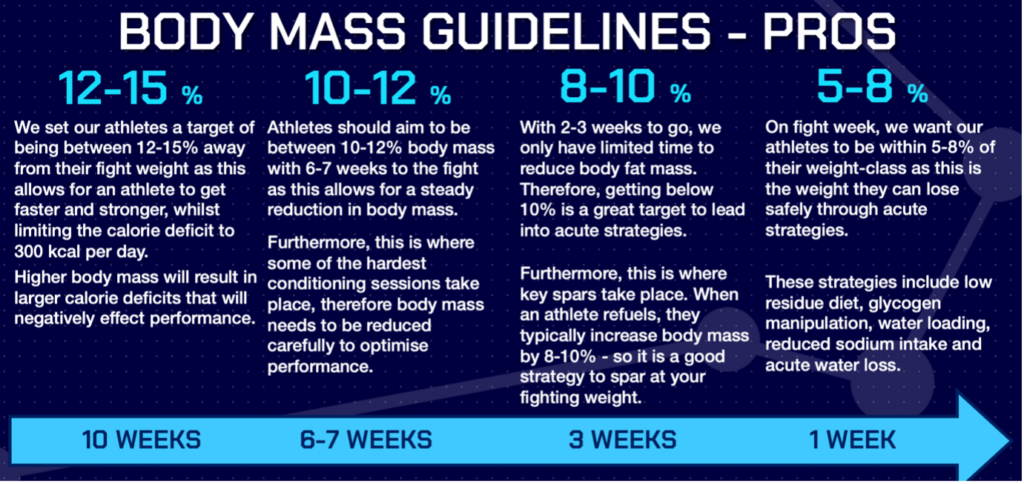
Figure 1. Percentage of body mass guidelines for professional boxers to be within at various time points throughout a camp.
CALCULATING ENERGY INTAKE
Now that we are in a reasonable weight range for performance purposes, we need to calculate basal and resting metabolic rate. For most of our athletes, we use indirect calorimetry as well as perform the sum of 8 skinfold tests using the ISAK protocol to predict resting metabolic rate. If you can do this, we certainly recommend you to do so.
We understand this isn’t feasible for many so we also recommend using the general calculation below for an estimate of basal metabolic rate.

For example, if you are a 20-year-old, 70 kg male athlete and you are 170 cm tall your basal metabolic rate will be calculated as follows.

We then advise multiplying this by 1.2 to 1.4 for resting metabolic rate. So, for the individual above their approximate resting metabolic rate would be 1667 x 1.2 = 2000 kcals.
Although, this multiplier is lower than recommended it is key to note, that boxers tend to have lower metabolic rates due to continuous dieting over time (Morehen et al. 2021).
Research and our own evidence supports the use of the 3-2-1 macronutrient diet as this has been shown to result in effective body mass loss in weight-making athletes (Langan-Evans et al. 2020). This means consuming 3 g/kg of carbohydrates per body mass, 2 g/kg of protein and 1 g/kg of fat per training day.
The total energy content for this diet is close to resting metabolic rate.
70kg individual
3 g/kg carbs = 210 g = 840 Kcal
2 g/kg pro = 140 g = 560 Kcal
1 g/kg fat = 70 g = 630 Kcal
Total Kcals = 2030 kcals

Figure 2. 210g of carbohydrates for a 70kg athlete (3g/kg)
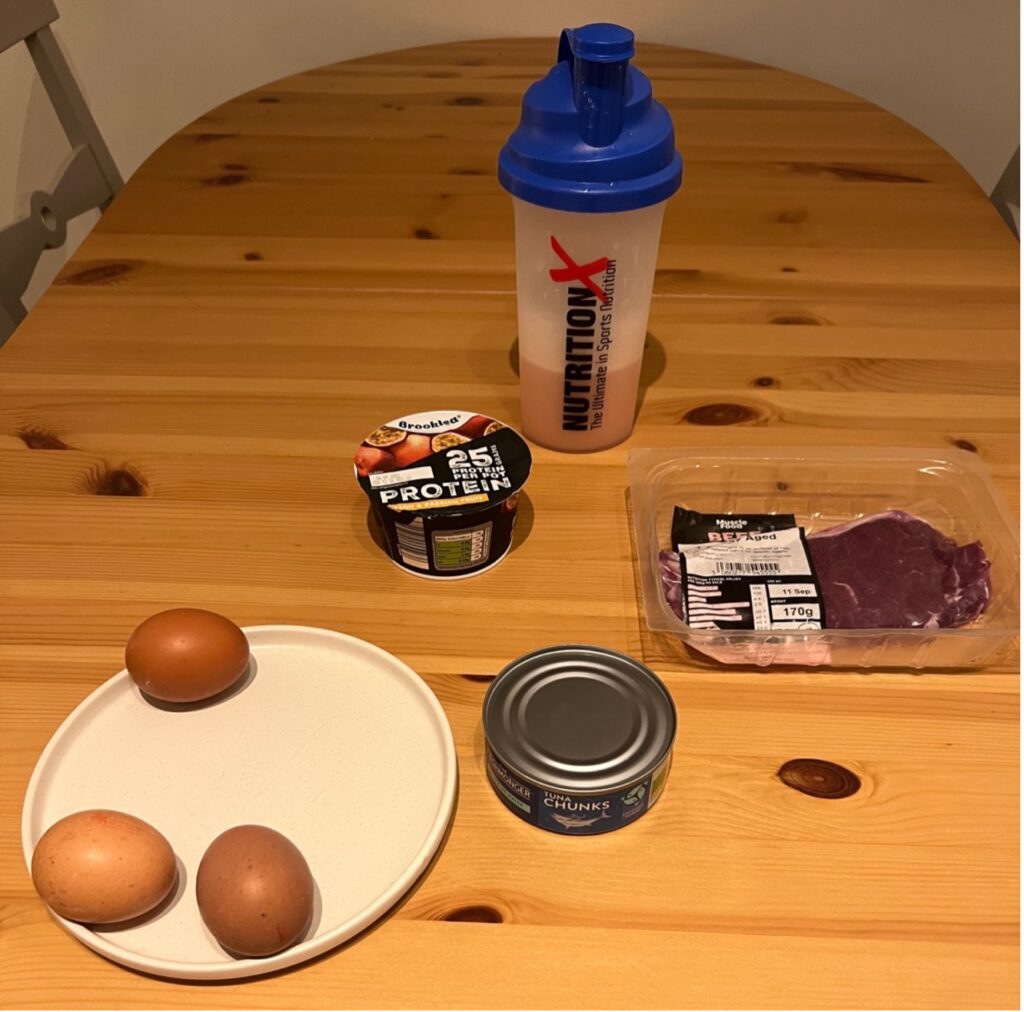
Figure 3. 140g of protein for a 70kg individual (2g/kg)
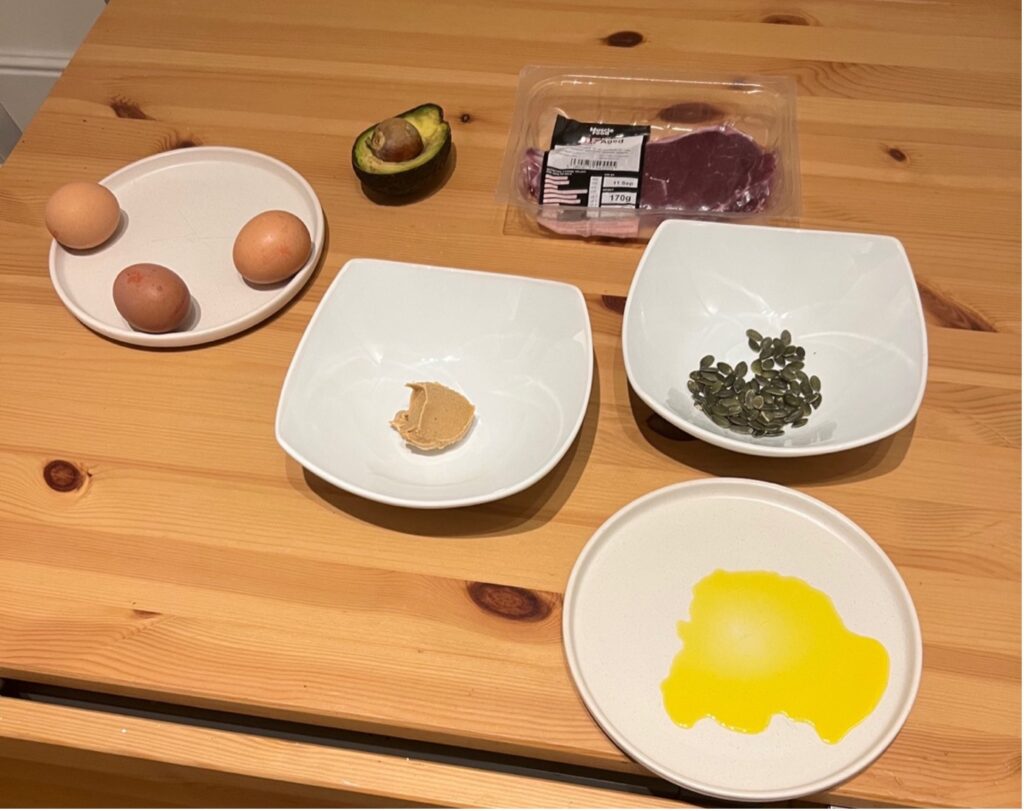
Figure 4. 70g of fat for a 70kg individual (1g/kg)
TRACKING ENERGY INTAKE
Now that we have identified approximate targets of macronutrients and energy that we need to hit daily it is important to track your daily intake. This is vitally important if you are to successfully implement a diet to reduce body mass.
Many people guess their caloric intake without tracking which might cause stress in the long term. Therefore, we recommend tracking daily energy intake with the use of my fitness pal or an equivalent food-tracking app. https://www.myfitnesspal.com
TRACKING ENERGY EXPENDITURE
We advise all our boxers to track their energy expenditure with the use of a polar heart rate monitor during their boxing and conditioning sessions. If this is not possible then using an apple watch or Fitbit will also help to roughly calculate the energy expenditure. Please note that although these are not gold standard and overestimate energy expenditure during certain activities (Evenson et al. 2015; Passler et al. 2019) this will help provide an average figure of energy expenditure each day.

ENERGY INTAKE VS ENERGY EXPENDITURE

As mentioned above, we need to aim to lose a minimum of around 3600 Kcals per week to lose 1 pound of body fat. And we want to aim to lose 1% of body mass per week to help retain muscle to keep resting metabolic rate from dropping dramatically. Therefore, if we can identify energy intake and expenditure per week, then we can make changes if necessary to ensure we are consistently losing weight.
Table 1. Weekly energy intake and expenditure.
| Mon | Tues | Wed | Thurs | Fri | Sat | Sun | Total | |
| Energy Intake (kcal) | 2030 | 2030 | 2030 | 2030 | 2030 | 2030 | 2030 | 14,210 |
| Active Energy Expenditure (kcal) | 1000 | 1200 | 700 | 1000 | 1300 | 700 | 200 | 6100 |
| Basal Metabolic Rate | 1667 | 1667 | 1667 | 1667 | 1667 | 1667 | 1667 | 11,669 |
| Total (energy intake – BMR + energy expenditure) | -637 | -837 | -337 | -637 | -937 | -337 | 563 | 3559 |
Table 1 Shows that currently, the 70 kg individual we identified earlier is in an approximate negative energy balance of 3559 kcals per week. This should equate to around 1 pound of body mass loss per week.
If we need to speed up the rate of weight loss, then we can do it in two ways.
- Decrease energy intake
- Increase energy expenditure.
From experience, if weight-loss stalls then we would recommend increasing energy expenditure on the days which have less energy expenditure such as Wednesday or Saturday or reducing energy intake on certain days such as a rest day/ light training day when energy expenditure is low. This is due to making sure that within-day energy balance is not weighted towards large energy deficits on the hardest training days. As this can potentially lower resting metabolic rate, decrease training performance and increase the risk of illness (Fahrenholtz et al. 2018; Torstveit et al. 2018).
MICRONUTRIENT INTAKE
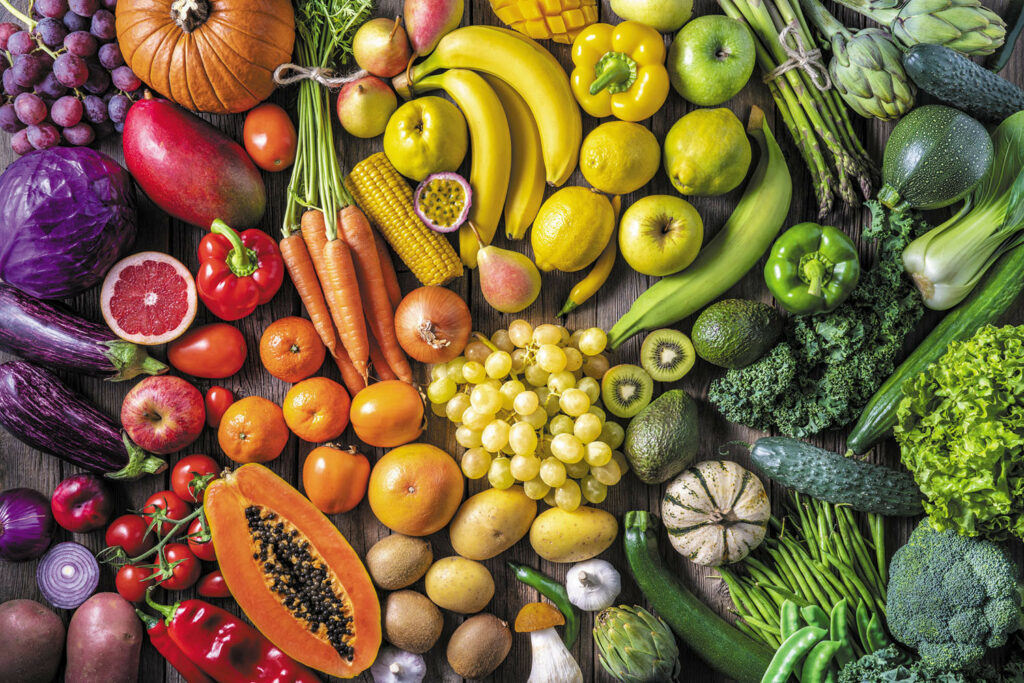
Although tracking and consuming macronutrients (carbohydrates, protein and fat) is the most important aspect of a diet plan to lose weight it’s also important to pay due attention to the micronutrient content of food as these are critical for maintaining health (Aune et al. 2017), performance (Porcelli et al. 2015) and recovery (Mcleay et al. 2012).
Therefore, we advise using the magic number of three approach when it comes to consuming optimal amounts of micronutrients.
A minimum amount of 3-5 different coloured fruits per day
A minimum amount of 3-5 different coloured vegetables per day
3 servings of wholegrain carbohydrates per day
3 servings of dairy products per day
3 servings of lean red meat per week
3 servings of oily fish per week
This will ensure that a wide variety of micronutrients are consumed on a regular basis.
Porcelli and colleagues (2015) highlighted that consuming a high-nitrate diet from vegetables can improve performance compared to a low-nitrate diet.
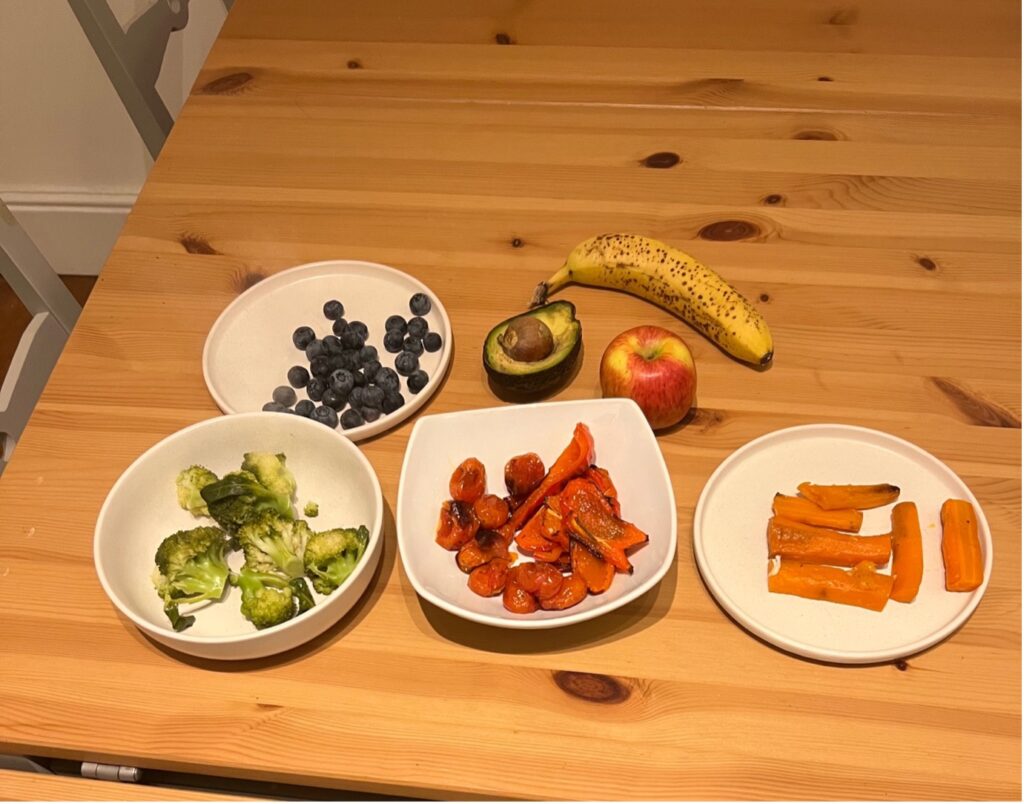
Figure 5. Daily fruit and vegetable intake for a 70 kg individual
Moreover, it is believed that individuals who consume a greater intake of polyphenol antioxidants from fruit and vegetable sources can recover quicker than those who have a lower intake. This is because some studies have shown accelerated recovery from exercise in athletes consuming fruit-derived polyphenols compared to others with low polyphenol content (Howatson et al. 2010; Bell et al. 2016; Clifford et al. 2017).
Therefore, we advise boxers to follow a diet rich in a variety of different coloured fruits and vegetables as well as different lean proteins every day to help with performance and recovery.
FLUID INTAKE
We know that dehydration can impair performance as well as increase the risk of illness. Wittbrodt et al. (2019) reported that dehydration greater than 2% seems to be detrimental to cognitive and endurance performance. So it is vital that we minimise the time we spend dehydrated. The current guidelines recommend ingesting approximately 35 ml of fluid per day per kg of body mass. So, for the 70 kg individual, this would be approximately 2.5 litres of fluid per day.
Please note that this value can consist of fluid from a variety of sources including water, sugar-free juices, fruit juices, tea, coffee, milk and even fluid in foods. But it does not consider fluid lost during exercise. As a rule of thumb, we advise drinking approximately 500 ml of fluid per hour of exercise and another 500 ml of fluid once exercise finishes.
Or you can weigh yourself before and after exercise and then multiply the amount of weight lost during exercise by 1.5. This is the amount of fluid you will need to consume in the 2-3 hours post-exercise to help rehydrate.
Weight before exercise 70 kg
Weight after exercise 69 kg
Fluid intake needed to be consumed after exercise = 1.5 litres (1 x 1.5 = 1.5).
This will ensure that your body is well hydrated to aid recovery as well as fundamental physiological processes.
SUMMARY
When setting up your diet, you need to consider:
- The length of the training camp
- How much weight you need to lose (approximately 12 to 15 % at the start of camp, or 1% per week).
- Calculate your BMR and RMR
- Estimate your total daily energy expenditure
- Structure your diet with the 3-2-1 macronutrient
- Track your energy intake using a diet app and energy expenditure using estimates from a heart rate monitor or smart-watch
- Consume a minimum 3 servings of fruit and 3 servings of vegetables per day
- Consume 3 servings of dairy products per day
- Consume 3 servings of lean red meat and oily fish per week
- Stay on top of your hydration at all times
In our next article of how to set up a boxing diet we will be discussing about the fight week diet to help accelerate weight loss in the final few days before a weigh in.
REFERENCES:
AUNE, Dagfinn, et al. (2017). Fruit and vegetable intake and the risk of cardiovascular disease, total cancer and all-cause mortality-a systematic review and dose-response meta-analysis of prospective studies. International journal of epidemiology; int J epidemiol, 46 (3), 1029-1056.
BELL, Phillip G., et al. (2016). The Effects of Montmorency Tart Cherry Concentrate Supplementation on Recovery Following Prolonged, Intermittent Exercise. Nutrients, 8 (7), .
BURKE, Louise M., et al. (2017). Low carbohydrate, high fat diet impairs exercise economy and negates the performance benefit from intensified training in elite race walkers. The journal of physiology; J physiol, 595 (9), 2785-2807.
EVENSON, Kelly R., GOTO, Michelle M. and FURBERG, Robert D. (2015). Systematic review of the validity and reliability of consumer-wearable activity trackers. The international journal of behavioral nutrition and physical activity; int J behav nutr phys act, 12 (161), 159-159.
FAHRENHOLTZ, I. L., et al. (2018). Within‐day energy deficiency and reproductive function in female endurance athletes. Scandinavian journal of medicine & science in sports; scand J med sci sports, 28 (3), 1139-1146.
GARTHE, Ina, et al. (2011). Effect of two different weight-loss rates on body composition and strength and power-related performance in elite athletes. International journal of sport nutrition and exercise metabolism; int J sport nutr exerc metab, 21 (2), 97-104.
HOUGH, Paul and PENN, Simon (2017). Advanced personal training : science to practice. London, Routledge.
MCLEAY, Yanita, et al. (2012). Effect of New Zealand blueberry consumption on recovery from eccentric exercise-induced muscle damage. Journal of the International Society of Sports Nutrition, 9 (1), 19-19.
MOREHEN, James C., et al. (2021). A 5-Year Analysis of Weight Cycling Practices in a Male World Champion Professional Boxer: Potential Implications for Obesity and Cardiometabolic Disease. International journal of sport nutrition and exercise metabolism; int J sport nutr exerc metab, 31 (6), 507-513.
PASSLER, Stefanie, et al. (2019). Validity of Wrist-Worn Activity Trackers for Estimating VO2max and Energy Expenditure. International journal of environmental research and public health, 16 (17), 3037.
PORCELLI, Simone, et al. (2016). Effects of a Short-Term High-Nitrate Diet on Exercise Performance. Nutrients; nutrients, 8 (9), 534-534.
TORSTVEIT, Monica Klungland, et al. (2018). Within-Day Energy Deficiency and Metabolic Perturbation in Male Endurance Athletes. International journal of sport nutrition and exercise metabolism; int J sport nutr exerc metab, 28 (4), 419-427.
WITTBRODT, MATTHEW T. and MILLARD-STAFFORD, MELINDA (2018). Dehydration Impairs Cognitive Performance: A Meta-analysis. Medicine and science in sports and exercise; med sci sports exerc, 50 (11), 2360-2368.
